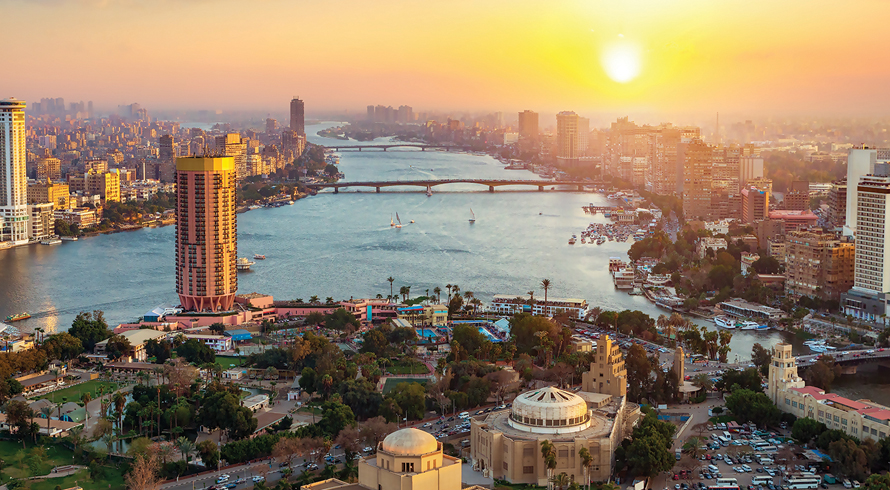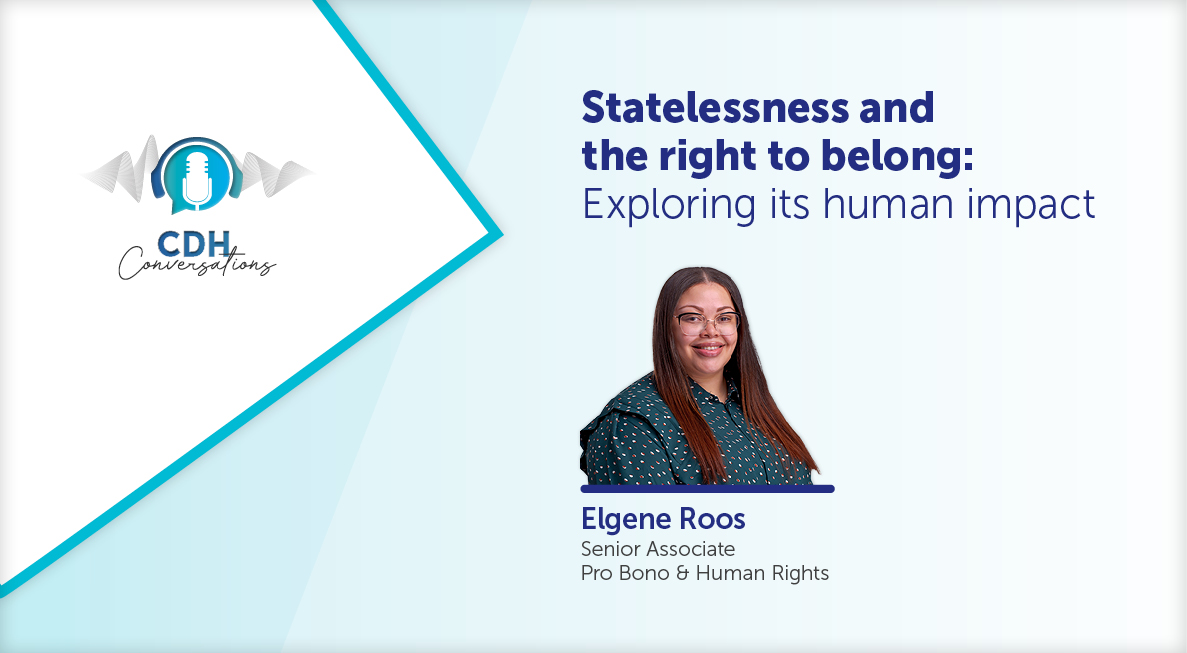Where does the South African mining sector rank as a global investment destination? A brief review of the Fraser Institute’s 2018 survey of mining companies
The survey’s results are set out in an overall Investment Attractiveness Index (IAI). The IAI is constructed by combining the results from the Best Practices Mineral Potential Index (BPMPI) and the Policy Perception Index (PPI). The BPMPI is weighted at 60% for purposes of calculating the IAI, and ranks jurisdictions on geological potential, based on whether a region’s geology “encourages exploration investment” or is “not a deterrent to investment”. The PPI is weighted at 40% for purposes of calculating the IAI, and ranks jurisdictions on how factors such as regulatory uncertainty regarding mineral and environmental laws, the legal system and taxation regime, quality of infrastructure, socioeconomic and community development conditions, trade barriers, political climate and instability, labour regulations, security, and the availability of labour and skills affect investment decisions.
The significance of the survey is clear. Policy makers are provided with a benchmark of what to do and what not to do in order to create an environment that will potentially attract investment. Additionally, it provides both the mining sector and investors with information that may be useful in making strategic decisions, such as where to set up new operations or invest, as well as the potential risks associated with doing business in certain jurisdictions.
Where does South Africa rank?
In the 2018 survey, South Africa’s IAI score was 65.30 (43rd out of 83 jurisdictions). In comparison, Botswana, the highest ranked African country, scored 71.66 on the IAI, ranking 32nd. The jurisdictions with the highest IAI scores were Nevada, Western Australia and Saskatchewan. Although South Africa’s 2018 IAI score appears to be average at best, it does indicate an improvement from 2017. In the 2017 survey, South Africa’s IAI score was 62.06 (48th out of 91 jurisdictions).
South Africa’s PPI score increased notably in 2018 compared to the previous year. In the 2018 survey, South Africa’s PPI score was 64.57 (56th out of 83 jurisdictions), compared to a PPI score of 42.66 (81st out of 91 jurisdictions) in 2017. The 2018 survey states that South Africa’s PPI improvement was due to decreased concern over: (i) uncertainty concerning protected areas, (ii) the taxation regime, and (iii) regulatory duplication and inconsistencies.
In the 2018 survey, South Africa’s BPMPI score was 65.79 (30th out of 83 jurisdictions). This was a decrease from 2017, where South Africa scored 75.00 on the BPMPI (21st out of 91 jurisdictions). Although the 2018 survey does not set out any reasons for this decrease, South Africa’s BPMPI ranking remains considerably higher than most other jurisdictions.
Conclusion
When one considers the weighting of the BPMPI (60%) and PPI (40%) for purposes of calculating South Africa’s overall IAI score, the 2018 survey reveals that despite South Africa’s impressive geological potential, the primary reasons for the decline in investments in the mining industry remain policy and political factors.
Although the South African government did take positive steps in 2018 to provide regulatory certainty (through the introduction of a new Mining Charter) and to combat corruption (for example by temporarily closing down the Limpopo and Mpumalanga branches of the Department of Mineral Resources offices while investigations into alleged corrupt activities were being carried out), it is clear that more is required in order to win over potential investors. The increasing costs of doing business in the South African mining sector, coupled with concerns over labour unrest and uncertainty in respect of the financial provision regulations (proposed amendments to which have still not been finalised), are having a crippling effect on the mining industry and need to be addressed by policy makers on an urgent basis.
However, it is not all doom and gloom. The notable increase in South Africa’s PPI score in 2018 is positive and reflects that policy makers are moving in the right direction.
The information and material published on this website is provided for general purposes only and does not constitute legal advice. We make every effort to ensure that the content is updated regularly and to offer the most current and accurate information. Please consult one of our lawyers on any specific legal problem or matter. We accept no responsibility for any loss or damage, whether direct or consequential, which may arise from reliance on the information contained in these pages. Please refer to our full terms and conditions. Copyright © 2026 Cliffe Dekker Hofmeyr. All rights reserved. For permission to reproduce an article or publication, please contact us cliffedekkerhofmeyr@cdhlegal.com.
Subscribe
We support our clients’ strategic and operational needs by offering innovative, integrated and high quality thought leadership. To stay up to date on the latest legal developments that may potentially impact your business, subscribe to our alerts, seminar and webinar invitations.
Subscribe




